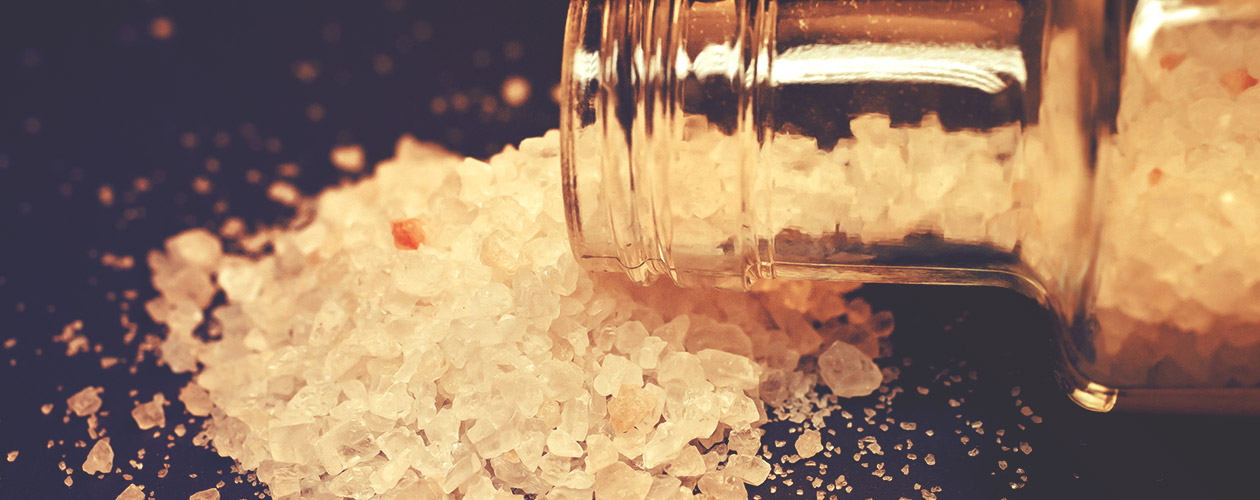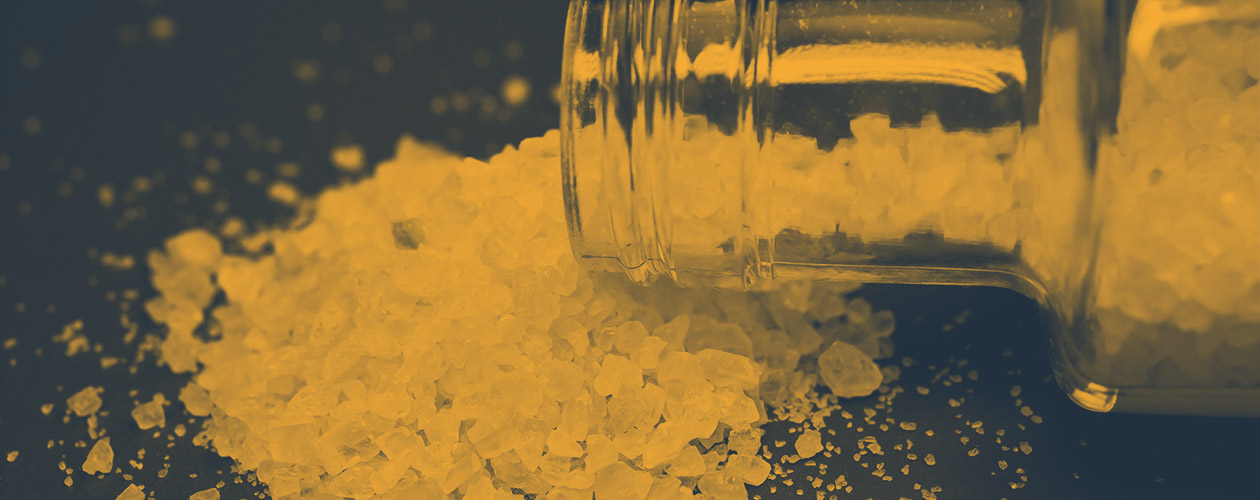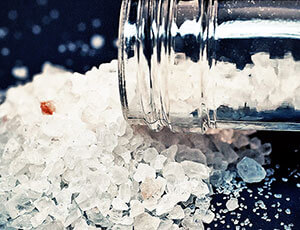Flakka is classified as a Schedule I Drug by the DEA
- The drug has a high potential for abuse.
- The drug has no currently accepted medical treatment use in the U.S.
- There is a lack of accepted safety for use of the drug under medical supervision.
What is flakka?
Flakka, produced from the compound alpha-PVP, is a synthetic amphetamine-like stimulant. It is closely related in makeup to bath salts. Both flakka and bath salts are synthetic versions of cathinone. Natural cathinone is sourced from the leaves of the khat plant found in Africa and the Middle East. The leaves of the khat plant are chewed to achieve a feeling of euphoria. Each batch of the synthetic version of cathinone varies in dosage and/or contaminants, making it a very dangerous, cheap high.
Common street names for flakka are Gravel or $5 Insanity.
How is flakka abused?
Flakka can be injected, snorted, smoked, swallowed or vaped.
How does flakka affect a person?
Flakka triggers surges of both dopamine and norepinephrine in the body. In lower doses, flakka produces feelings of euphoria. In higher doses, it can cause aggression, paranoia, anxiety, hallucinations, agitation, suicidal thoughts, psychosis or a state of “excited delirium.”
In a state of excited delirium, a user’s body temperature can quickly reach 106 degrees Fahrenheit. While under the influence of flakka, there have been many reports of people tearing off their clothes in public, becoming violent and displaying “superhuman” strength.
What are the health effects/risks of using flakka?
Flakka affects the nervous and cardiovascular systems. Higher doses can cause kidney damage and failure. Heart attacks, strange self-injuries brought on by hallucinations and overdoses are potential consequences of using flakka.





